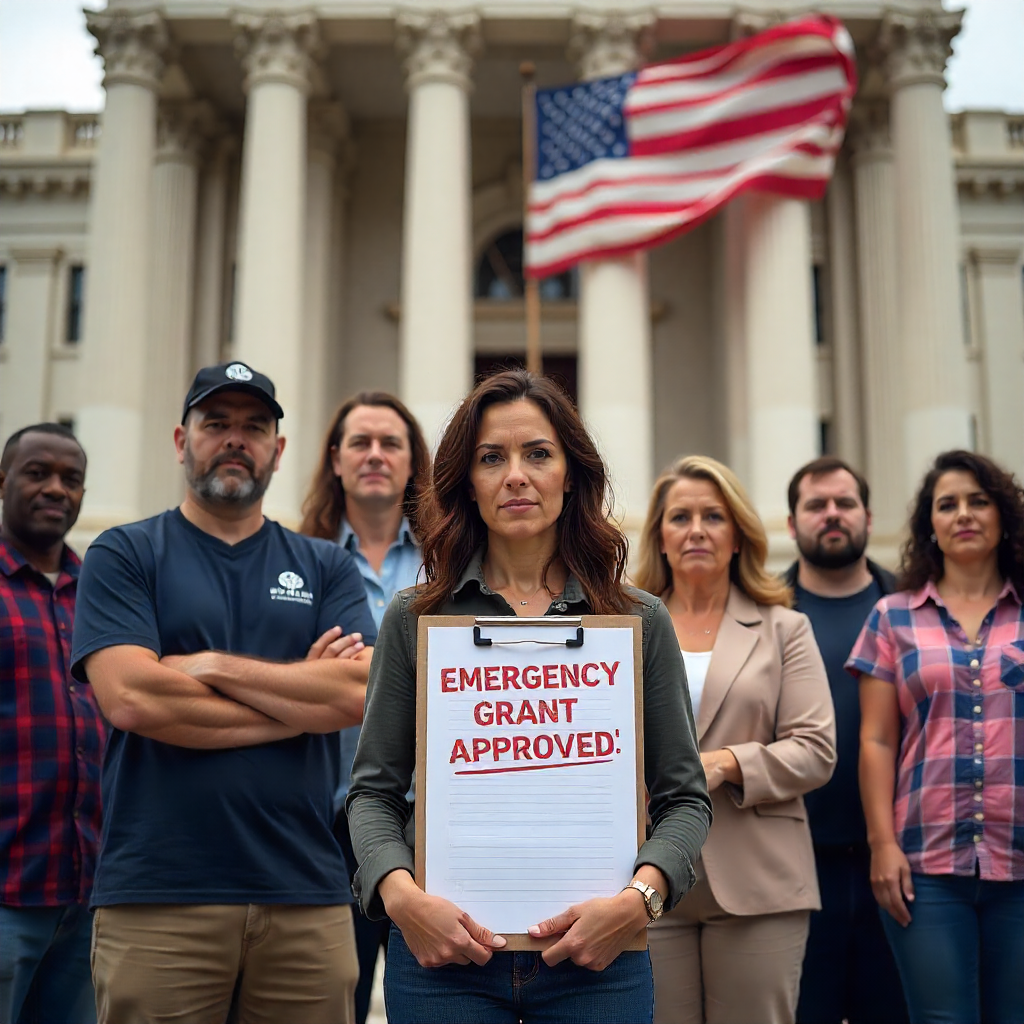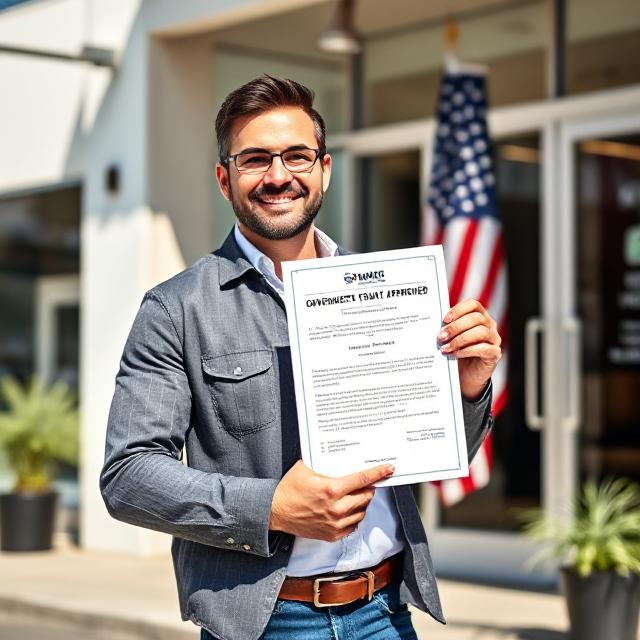
Quick summary: Joint and several liability allows a plaintiff (or government) to recover the full judgment or cleanup cost from any one of multiple responsible parties — a doctrine widely used in tort cases and especially consequential in environmental law under the federal CERCLA (Superfund) framework. This article explains what the doctrine means, how it operates, where it applies, common defenses, state-by-state trends and practical steps for plaintiffs, defendants, and businesses.
Table of contents
- Introduction: why joint and several liability matters
- Simple definition and mechanics
- The doctrine’s history and policy rationale
- Joint and several liability under CERCLA (Superfund) — how it works in practice
- PRP searches, divisibility, and EPA enforcement tools
- Joint and several liability in tort and personal-injury law (and state reform trends)
- How contribution and indemnity work — sorting the payments
- Common defenses and practical strategies for defendants
- Contract drafting and corporate risk management (insurance, indemnities, ESAs)
- Litigation tactics for plaintiffs and defendants (step-by-step)
- Checklists, templates, and “what to ask your lawyer” items
- FAQs (common user searches answered)
- Conclusion and action steps
1. Introduction — why this doctrine matters in the real world
When multiple actors contribute to a single injury (a multi-car crash, a building collapse, a product defect, or a contaminated site), two connected questions emerge: who caused the harm, and how will the injured party actually get paid? Joint and several liability answers the second question by letting the plaintiff collect the full award from any solvent defendant — even if that defendant’s share of fault is small. This practical effect makes the doctrine central to compensation outcomes, insurance pricing, settlement dynamics, corporate risk allocation, and government enforcement of environmental cleanups.
2. Plain-English definition and the mechanics
Definition (simple): Joint and several liability means multiple defendants are each individually responsible for the entire judgment. If a plaintiff wins $500,000 against three defendants, the plaintiff can collect the full $500,000 from any one defendant; the defendant who pays may later pursue reimbursement from co-defendants (contribution) or invoke contractual indemnities.
Mechanics (step-by-step):
- The plaintiff sues all plausible defendants for the same harm.
- A factfinder assigns fault percentages (e.g., A 60%, B 30%, C 10%).
- Under joint and several liability, the plaintiff may collect the full judgment from any solvent defendant.
- The paying defendant can then bring a contribution claim against other culpable parties — but that is a private remedy and may be ineffective if co-defendants are insolvent.
This allocation method protects victims (they do not have to split their recovery by chasing multiple judgment-proof defendants), but it shifts insolvency risk to defendants and their insurers.
3. Historical purpose and policy rationales
Originally rooted in common-law equity, joint and several liability sought to prevent a victim from going unpaid when one or more wrongdoers lacked resources. It served three policy goals:
- Victim protection — ensuring the injured party is made whole even when some tortfeasors cannot pay.
- Administrative efficiency — allowing a single recovery to close the plaintiff’s claim without endless collection efforts.
- Preventive incentives — encouraging actors who can control risks (manufacturers, site operators) to take precautions and supervise contractors.
These rationales are particularly persuasive in environmental contexts — where a contaminated site must be cleaned up promptly for public health — but critics point to inequity when minimally culpable defendants pay disproportionate sums, which spurred legislative reforms in many states like Washington State.
4. Joint and several liability under CERCLA (Superfund) — why environmental law showcases the rule
CERCLA / Superfund: The federal Comprehensive Environmental Response, Compensation, and Liability Act (CERCLA) — commonly called Superfund — authorizes the federal government to respond to releases of hazardous substances and to recover cleanup costs from potentially responsible parties (PRPs). Because hazardous contamination often results from multiple actors and historical disposals, CERCLA commonly yields joint and several liability so government cleanup costs can be fully recovered from any solvent PRP.
Primary statutory basis (Section 107): CERCLA’s cost-recovery provision — Section 107 (42 U.S.C. § 9607) — lays out the categories of PRPs (current/past owners/operators, arrangers, and transporters) who may be liable for response costs and damages; the statute’s mechanics are central to how joint and several liability operates in practice.
Why joint and several is important at sites: If wastes are co-mingled or the contamination cannot be cleanly apportioned, EPA or a court will often hold PRPs jointly and severally liable so the cleanup can be funded immediately by one or more solvent parties rather than delayed while parties litigate pro rata shares. See EPA’s Superfund liability guidance.
5. Finding parties (PRP searches), divisibility, and EPA enforcement tools
Finding PRPs: Before allocating costs, EPA and private plaintiffs run thorough PRP searches. EPA’s PRP Search Manual and its PRP search training materials describe how to identify current and historic owners, operators, arrangers, and transporters — and why that search matters when joint and several rules permit recovery from any solvent defendant.
Divisibility defense (when a PRP can escape full liability): A defendant on a PRP list can try to show divisibility — that its contribution to harm is separable and measurable — which, if proven, may lead courts to limit its exposure to a proportional share instead of full joint and several liability. But courts often find divisibility hard to establish in co-mingled contamination scenarios. EPA materials and case law discuss divisibility and why it is fact-intensive. See EPA’s divisibility guidance.
Settlement tools (Section 122): EPA and DOJ frequently use CERCLA settlement authorities (Section 122) to negotiate remedial actions and cost-recovery settlements with PRPs — including model agreements and guidance for resolving complex multi-party liability quickly so remediation can move forward. See Department of Justice model CERCLA Section 122 agreements and EPA settlement guidance.
6. Joint and several liability in torts and personal-injury law — state variation and reform
Traditional tort application: Outside Superfund, joint and several liability historically applied in many tort contexts: automobile collisions, product liability, medical malpractice. This protected plaintiffs who might otherwise face under-compensation when co-tortfeasors were insolvent or unknown.
State reforms and modern approaches: During the last several decades many states modified joint and several liability through legislation or judicial reform. Typical approaches include:
- Several-only liability: each defendant pays only its assigned percentage of fault (no joint enforcement).
- Modified joint and several: joint and several retained for certain categories (e.g., intentional torts, fraud, punitive damages) but limited for low fault percentages or for purely economic damages.
- Hybrid models: e.g., joint and several for non-economic losses while economic losses are several only.
Because rules differ by state, it’s essential to check the controlling state statute and precedent in the forum where the case is filed. Practitioner surveys and state charts summarize who adopted which approach; courts and legislatures remain active on these issues. See Washington State Department of Ecology for an example of state-level environmental reforms.
Practical illustration (torts): Imagine a crash where fault is A 60%, B 30%, C 10% and the judgment is $500,000. Under joint and several, the plaintiff can collect full $500,000 from C (the 10% defendant) if C has the only insurance — C would then seek contribution from A and B. Under several-only rules, C would be responsible only for $50,000 (10%), and the plaintiff might be undercompensated if A and B lack assets.
7. Contribution, indemnity, and how responsible parties sort payments
If one defendant pays the whole judgment, the private law tools to reallocate the burden are:
- Contribution — a statutory or common-law right where the paying defendant sues co-defendants for their proportionate shares. Contribution statutes vary by state (and the Uniform Contribution Among Joint Tortfeasors concept is a model many jurisdictions rely on). But contribution relies on the collectability of co-defendants; if they are insolvent, contribution yields nothing. See Alaska Department of Environmental Conservation.
- Indemnity — shifts the whole loss to another party (often contractually). Businesses commonly use indemnity clauses to allocate risk in contractor agreements, leases, and purchase contracts. Well-drafted indemnities can move expensive cleanup or defense costs to the party best positioned to control the risk (e.g., a seller who arranged disposal services). Contracts should be reviewed carefully to ensure indemnity language is enforceable under applicable state law. See Rogers Towers Attorneys.
Practical note: In environmental cases a PRP who pays cleanup costs may bring a contribution action under CERCLA Section 113(f), but timing and interaction with settlement tools can be complex — counsel should coordinate settlements and contribution strategy with care. See EPA CERCLA Section 113(f) guidance.
8. Common defenses and practical strategies for defendants
If you represent a defendant facing joint-and-several exposure, consider these realistic defenses and risk-management strategies:
- Divisibility proof: Invest early in site characterization and expert sampling to build a divisibility case showing your client’s share of contribution is separable. EPA PRP guidance explains where that argument succeeds or fails. See EPA PRP guidance.
- Causation challenges: Attack the plaintiff’s causal proof — proving your client’s conduct did not cause the claimed harms or that the harm is attributable to other sources. See Washington University Law Journal.
- Statutory defenses & safe harbors: Identify statutory exemptions (e.g., bona fide prospective purchaser protections under CERCLA) or state brownfields protections that may reduce liability if certain conditions are met. Many state brownfields programs explicitly explain how liability is affected for voluntary cleanup participants. See Cornell Legal Information Institute and California Department of Toxic Substances Control.
- Contractual indemnity and insurance triggers: Invoke indemnity clauses and insurance coverage early and give prompt notice to insurers. Check whether policies contain pollution exclusions, “insured v. insured” limitations, or other clauses that may affect coverage. See Rogers Towers Attorneys.
- Consider timely settlement: Because joint and several exposure increases uncertainty, early settlement with contribution reservations may limit exposure and preserve remedies against other parties. EPA and DOJ provide settlement frameworks that help structure multi-party agreements quickly. See EPA settlement guidance and DOJ CERCLA settlements.
9. Contract drafting and corporate risk management
Businesses can lower joint-and-several risk through preemptive contracting and operational measures:
- Indemnity & hold-harmless clauses: Draft precise indemnity language allocating responsibility for defense costs, cleanup, and contribution claims; tie the obligation to specific triggers (negligence, breach, or criminal conduct). Example language is provided below in the template section. See Rogers Towers Attorneys.
- Insurance placement: Purchase pollution legal liability and environmental impairment coverage where exposures exist; confirm the insurer’s position on joint and several exposures and contribution claims.
- Environmental due diligence: Use Phase I/II Environmental Site Assessments (ESAs) on property transactions; negotiate seller indemnities and consider escrowed remediation funds or environmental indemnity insurance purchases. State brownfields programs (and EPA’s state program overviews) describe how voluntary cleanup programs work and how liability protections may apply. See EPA state programs.
- Operational oversight: Monitor subcontractors and waste handlers, maintain chain-of-custody documents, and ensure compliant disposal records. Good recordkeeping strengthens divisibility and causation defenses if litigation arises.
10. Litigation strategies — practical checklists for plaintiffs and defendants
For plaintiffs (practical playbook):
- Identify all PRPs/tortfeasors early: Use EPA PRP manual techniques for environmental cases and exhaustive discovery for tort matters — the more defendants who are named, the higher the odds a solvent party will pay. See EPA PRP Search Manual.
- Prioritize collection targets: Focus on parties with insurance, corporate parent guarantees, or deep pockets.
- Explore statutory remedies: In contamination cases, CERCLA actions (or state analogues) may permit cost recovery and compel cleanup more directly than common-law tort suits. DOJ and EPA settlement tools often speed remediation. See DOJ CERCLA enforcement.
- Use expert allocation evidence where possible: Even under joint and several, evidence about each defendant’s relative causation helps in settlement negotiations and potential contribution actions.
For defendants (practical playbook):
- Preserve divisibility evidence & sampling data (retain chain-of-custody, laboratory reports). See EPA PRP guidance.
- Evaluate early settlement with contribution reservation to limit exposure while preserving rights to proceed against other PRPs.
- File contribution counterclaims promptly and follow state notice deadlines for indemnity and coverage claims.
- Engage insurance counsel early to resolve coverage disputes before trial where possible. See Rogers Towers Attorneys.
11. Checklists, templates & “what to ask your lawyer”
Plaintiff’s checklist:
- Who are the likely defendants/tortfeasors or PRPs? (Run a PRP search in CERCLA matters.) See EPA PRP Search Manual.
- Which defendants have insurance or assets? (Map potential collection targets.)
- Are there federal or state statutory claims (e.g., CERCLA) available? See EPA CERCLA Overview.
- Do you need environmental experts for sampling, cost estimates, or causation testimony?
Defendant / business checklist:
- Do contracts include indemnity obligations? (Preserve and enforce them.) See Rogers Towers Attorneys.
- What insurance responds (CGL, pollution liability, D&O, umbrella)?
- Can divisibility / causation evidence be developed? (Start sampling and records preservation immediately.) See EPA PRP Guidance.
Sample indemnity clause (illustrative only — have counsel tailor):
“To the fullest extent permitted by law, Indemnitor shall defend, indemnify and hold harmless Indemnitee from and against any and all claims, damages, liabilities, losses, costs and expenses (including reasonable attorneys’ fees) arising out of Indemnitor’s breach of this agreement, negligence, violation of environmental laws, or any acts or omissions by Indemnitor or its contractors, except to the extent caused by Indemnitee’s gross negligence or willful misconduct.”
— Rogers Towers Attorneys
12. FAQs — concise answers to common user searches
Q: Does CERCLA always impose joint and several liability?
Not always in name — but where harms are non-divisible courts frequently impose joint and several liability so cleanup costs can be recovered from solvent PRPs. See EPA’s Superfund liability guidance.
Q: Can a minimally at-fault defendant be required to pay the entire judgment?
Yes — under joint and several liability a defendant with a small percentage of fault but solvent resources can be made to pay the full judgment; that defendant would then seek contribution from co-defendants. This is a core policy tension that states have addressed differently. See EPA guidance.
Q: What is divisibility and how often does it succeed?
Divisibility argues a defendant’s contribution to harm is separable; success depends on technical evidence and clear causal separation. In practice it is fact-specific and often difficult in co-mingled contamination cases. EPA and case law treat it narrowly. See EPA divisibility guidance.
Q: Where can I get official PRP search guidance?
Use the EPA’s PRP Search Manual and PRP Search training materials — both provide practical steps for identifying potentially responsible parties at a site.
13. Conclusion & recommended action steps
Summary: Joint and several liability protects injured parties by ensuring realistic paths to full recovery, but it transfers insolvency risk to defendants and insurers — a tradeoff reflected in the patchwork of state reforms and the particular force of joint and several liability under CERCLA for environmental cleanups.
Action steps by role:
- Plaintiffs: Name all plausible defendants, prioritize collectable parties, and pursue statutory cost-recovery routes (e.g., CERCLA) where appropriate. See EPA PRP Search Manual.
- Defendants / businesses: Audit contracts and insurance, preserve divisibility evidence, and consider negotiated settlements with contribution reservations. See Rogers Towers Attorneys.
- Policy & compliance officers: Monitor state apportionment reforms and federal enforcement trends (PFAS designations and Superfund policy changes can affect exposure and liability allocation). See Reuters coverage on PFAS.
READ MORE:
- Bicycle Accident Lawyer: Your Ultimate Guide to Legal Support USA
- Ethics in Business: Complete U.S. Guide to Integrity, Laws & Best Practices
- AI Tools for Small Business in the USA: Essential Solutions to Cut Costs and Boost Growth




































1 comment on “Understanding Joint and Several Liability in U.S. Law – Complete Guide”